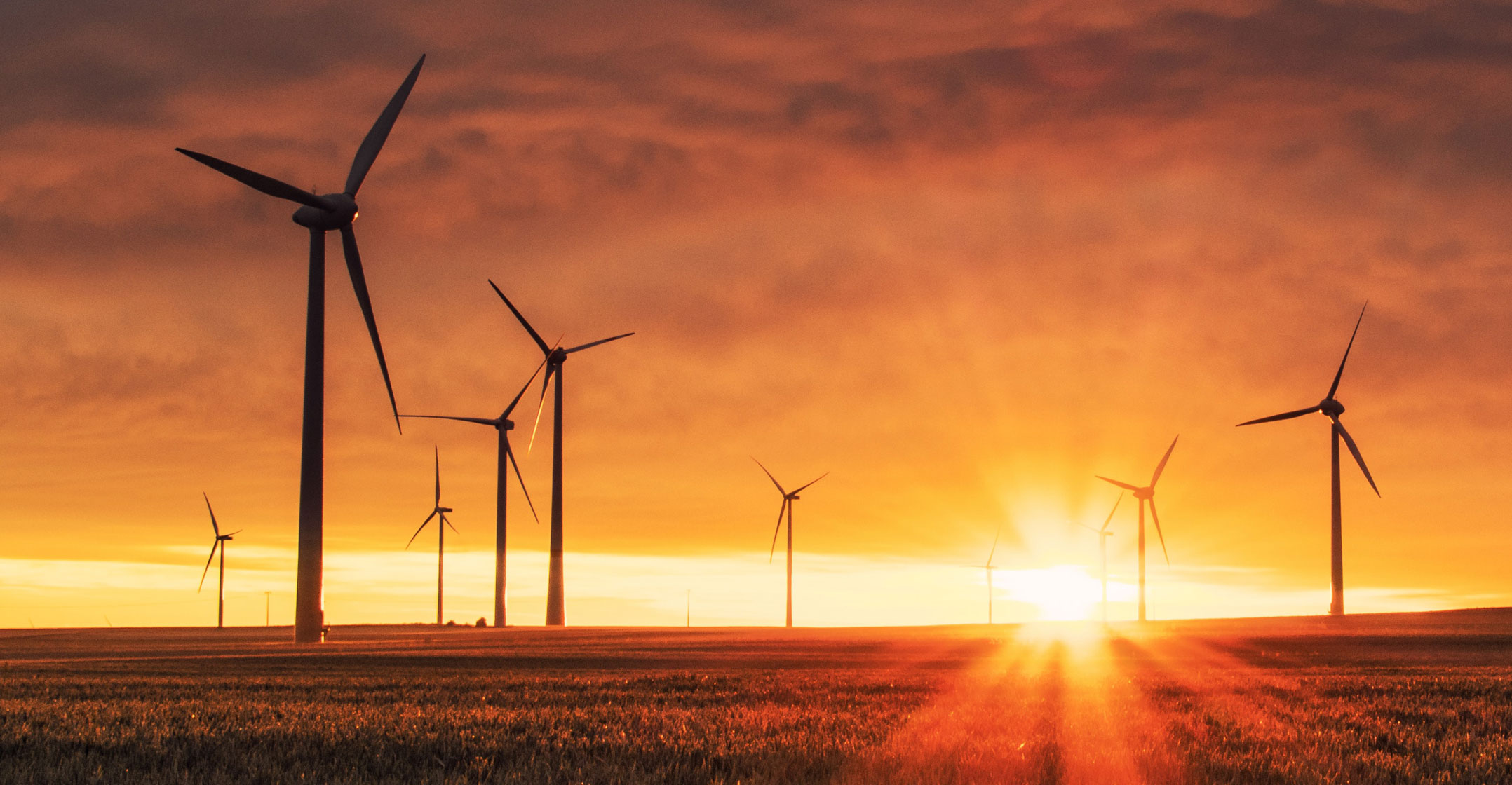
A new report from Eskom — the latest update to its Generation Connection Capacity Assessment (GCCA) — points to the potential of new energy projects soon needing to consider locations outside of the Northern Cape.
This could create the opportunity for the advantages of the “just energy transition” process to spread across more parts of the country, to the benefit of communities in other provinces.
Eskom recently published an updated GCCA that illustrates the capacity that is available for the connection of new generation capacity to the national grid. This report indicates that there is no further available capacity for renewable energy to be connected to the Northern Cape grid, which means any new photovoltaic or wind projects will need to look at other provinces such as the Western Cape, North West, Free State or Limpopo.
The GCCA 2023 update provides an indication of the available capacity for the connection of new generation to the main transmission system substations on the Eskom network that may be in service by 2022 based on both approved and proposed new transmission infrastructure projects.
Most of the current renewable energy projects in South Africa are located in the Northern Cape, where they make use of the abundant wind and solar resources available there. It’s estimated that 70% of new PV and 60% of wind project developments are in this province.
Congested
The Eskom update describes a congested provincial grid, which cannot take on any additional projects without a substantial upgrade of the grid itself. Considering the urgency of South Africa’s need to transition to renewable energy, this is not a practical option in the short term. The alternative is for developers to look at other provinces where solar and wind resources are also available.
This creates an opportunity for a more socially just transition to cleaner energy, which can also result in a fairer distribution of skills and jobs across the country. The development of new projects in other parts of the country brings with it the opportunity of job creation and offers hope to those employed in the coal sector.

The major factor that determines the location of a renewable energy project has for a long time been the access to wind and solar resources, which explains the popularity of the Northern Cape.
But developers will now need to consider grid capacity – possibly more so than access to renewable resources. South Africa is in a fortunate position to have an abundance of solar and wind resources, and there is now the potential of a welcome cash injection for other provincial economies.
- Jan Fourie is GM for sub-Saharan Africa at Scatec, a Norwegian renewables giant and recent Risk Mitigation Independent Power Producer Procurement Programme (RMIPPPP) tender award winner




